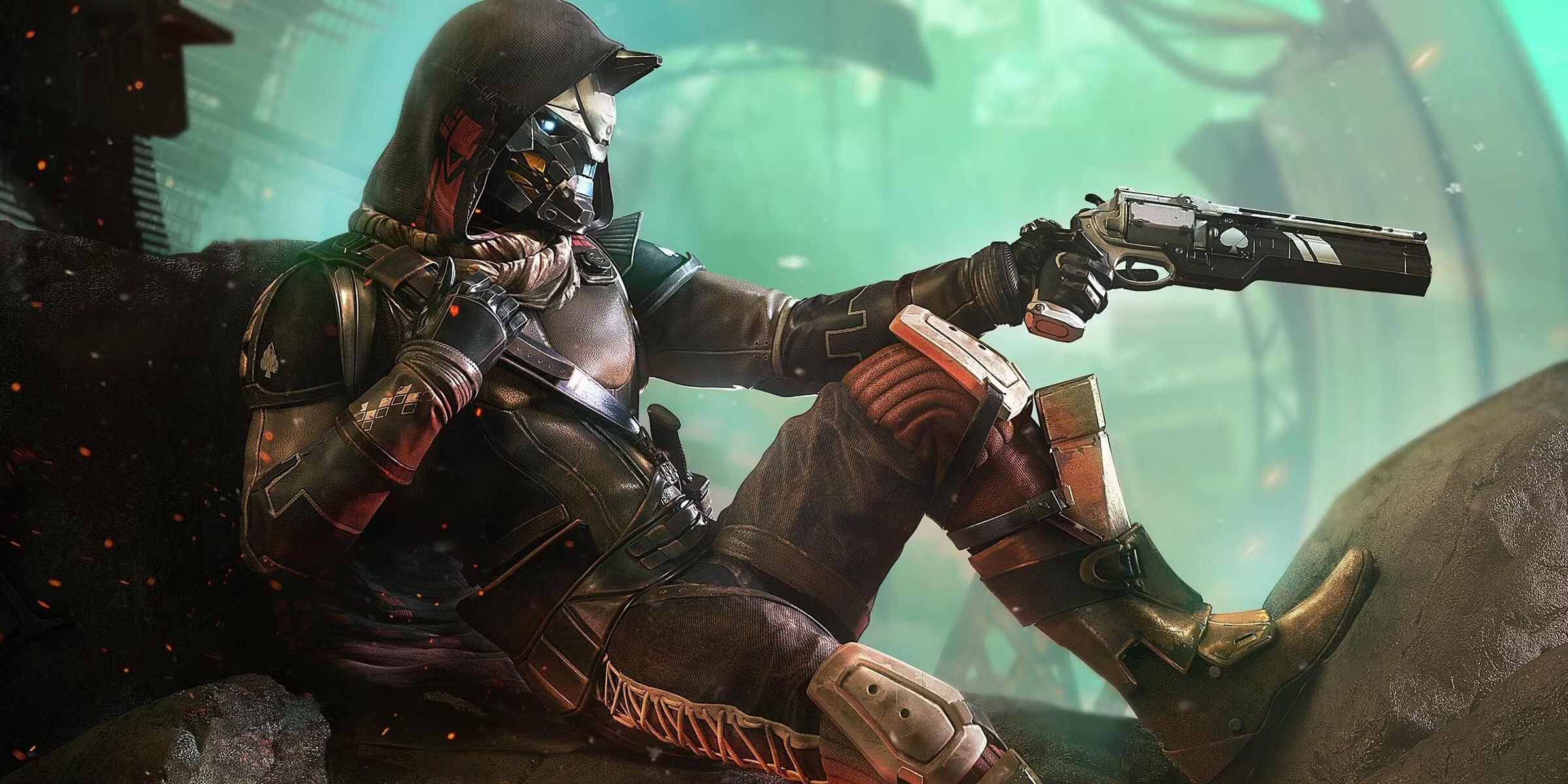BANDWAGON GUARDIAN
To start with: I wasn’t there at the beginning. My journey with Destiny 2 has been entirely sidecar to the diehard fans of the 10-year spanning franchise. What I can offer, however, is perspective about what it feels like to invest in something I wasn’t anticipating falling so madly in love with.
However, just because one knows a lot doesn’t mean one feels qualified to spew information. What’s strange about my relationship with Destiny 2 is how orbital it has been. By that, I mean I’ve delved into the game at a relatively late cycle in the game’s history, played in a way that is slightly more than casual, and have witnessed the finale to the 10-year storyline that concluded this past week with the launch of The Final Shape expansion.

Having completed the newest campaign, I couldn’t help but notice the existential crisis present within the dialogue and themes of The Final Shape. Blame it on writerly intuition, but seldom is a story so separate from the journey of its creators. As David Mamet once said, “The journey of the hero is the journey of the writer.”
It’s beyond contestation that Bungie hit a home-run with The Final Shape expansion. Reviewers and players alike have heralded it as Bungie at their best. Yet, what fascinates me about the conclusion to one of the most storied franchises in video game history was how it was all possible. The obstacles that our heroes within the game endured ran in parallel with the trials and foibles of the game developer, Bungie. Somehow, the collective efforts of all those involved persevered to deliver a game that asks a very simple question when confronted with a possible imminent end:
What was all of this for?
***
A WORD ABOUT VIDEO GAMES
It’s worth noting why video games differ from novels, movies, and television shows. Stories that are presented to be absorbed and observed primarily draw upon an emotional relationship to the characters and world. Why we love shows like “The Office” or “Game of Thrones” is a matter of intimacy: We know those characters and laugh/cry/love/rage at their failures and triumphs as though they were our own children. We cannot predict the outcomes of what happens, but we stand by and support the thing we’ve fallen madly in love with—logically or not.
Video games, if narratively compelling, abide by the same sort of intimacy, but I argue that the dynamic is more involved, and therefore, interactive. WE get a say in the story because we’re the ones who drive the plot forward. Completion isn’t a matter of watching the cutscenes because there is an aspect of participation in video games that is absent in every other art form.
With video games, the players are not patrons hoping to one day be rewarded for all their investment—they are the progenitors of the game’s fate.
Put simply: Gamers are more like the athletes a sport requires to exist.
In the realm of story, this has a fascinating psychological outcome: The story matters as much as our role in it. All video game stories are fantasy in that we assume the role of the hero. Perhaps that is why there is a relationship that exists beyond the emotional benefits of a fulfilling storyline: We build up the world through farming, crafting, stat-building, and finding community through the rules that govern each gaming world.
In other words, why Destiny 2 has continued beyond the excellence of its deep and lore-driven tale is because of participation by the players.
There was always more on the line than knowing the ending of the story–the journey was worth more than the destination from the start.
***
A BARE BONES EXPLANATION OF THE FINAL SHAPE

I’m unsure what the general knowledge base is for Destiny 2 with my readers, so I’ll briefly summarize what the events of this final expansion were:
The big bad guy is a collective of an entire civilization fused into one super being with extraordinary power and armies at its command called “The Witness”.

The plot follows the big baddie harnessing the power of a silent and godlike planetoid structure called “The Traveler”.
- It’s a complicated origin story, but essentially The Traveler has settled on different worlds, for thousands of years, offering gifts of superpowers, terraforming planets into hospitable worlds, and advancing technology to create progress at rapid speed for any civilization it blesses.
- In the story of Destiny, humanity encountered The Traveler in 2014 when a trio of astronauts landed on Mars to investigate the alien sphere hovering above the planet’s surface. This was the beginning of our own golden age (See video above).

Of course, the collective known as “The Witness” was one of the originally blessed alien races of The Traveler. However, and surprisingly, the planetoid abandoned this precursor alien civilization for reasons unknown, and set off across the stars in search of others to bless. The evil “Witness” has been chasing after The Traveler ever since to enact revenge.
“Revenge”, it turns out, is using the powers of The Traveler to selfishly create what it thinks is the perfect universe—a plan called The Final Shape.
Our heroes, having fought against this big baddie for hundreds of years, finally figure out how to defeat It, and conclude a 10-year-long storyline to defeat evil and save the solar system for good.
The entire tale is much more nuanced than this, of course, but basically good guys must defeat bad guys. The Final Shape expansion was the finality of winning the day at last.
But this was only one side of the story.
The rest requires a brief summary of the past year with Bungie, the developer of the game.
***
A PERPENDICULAR DIRECTION

The problems mostly stemmed from the previous expansion. Lightfall was a failure on many fronts: The story was lackluster, quality of life changes were minuscule and additive, and this underwhelming expansion came at an inopportune time when a surge of returning players excitedly played Destiny 2 in anticipation of the final clash with “The Witness”.

The reviews for Lightfall were dismal and disappointing.
Then, in November of 2023, even more tragedy struck as Bungie laid of approximately 8% of its studio employees across the board. The layoffs came over a weekend and seemingly without notice. The culprit will largely remain unknown, but the recent acquisition by Sony Interactive reviewing the developer’s nosedive numbers from Lightfall was significant in justifying layoffs.
The outcry from the community was dire. Unlike many game developers, Bungie has a hybrid relationship with its player base—whereas many studios silently watch how players react via social media and meta critic reviews, Bungie recognizes that the lifeblood of the franchise rests on acknowledging and empowering its players. Player feedback via message boards and comment sections, as well as close observance and interaction with the content creation space on YouTube and Twitch.tv play a huge role in informing how the game is received amongst players. When several noteworthy and publicly known employees and community managers were fired in the restructure, morale cascaded downward throughout the entire Destiny community. Like a dark ripple, it felt like the foundations of a beloved franchise were buckling at the finish line. Many abandoned the developer as player population fell to new lows.
By late November, Bungie announced The Final Shape expansion would be delayed until June 2024, leaving the developer five months to recalibrate and earn back the loyalty of its players.
And with so much uncertainty about where the franchise would go—or if it would even continue after The Final Shape—the future appeared bleak.
***
PRISMATIC SOLUTIONS
Is it any wonder that the story of The Final Shape centers on one of the most beloved characters in the franchise, then?

The cherished and widely missed exo Hunter, Cayde-6, voiced by Nathan Fillion, returned as a miracle to guide our journey to the end. The cavalier character was a fan favorite for its bravado and humor, offering a lightness so often lacking in the bleak universe of Destiny. In many ways, with Cayde-6’s death, the soul of the franchise also perished.
In parallel with the story itself, Bungie inadvertently chose the perfect catalyst character to imbibe a solution to an otherwise prismatic problem:
Can we revive the past to triumphantly guide us forward, just for a while?

This theme of faith being rewarded haunts our fearless military leader in the story as well. Commander Zavala contemplates his devotion to a silent god, one that has refused to help despite all the other miracles afforded by the silent planetoid. In his darkest moments, Zavala flirts with sacrificing himself for the greater good–or at least to end his torment of never resolving a life spent expecting reward for his faith.
It’s a sentiment that I can’t help but wonder if those fired by Bungie’s layoffs felt.
And yet, it is Cayde-6 who reminds us of our brief time in this world. As a character dead and gone for so long, and now revived, Cayde-6 navigates an existential crisis haunting both players and developers: what does one do with second chances?
Or, perhaps, what will you do with one last chance?
Bungie, its writers and leaders, were no doubt pondering the same things in the face of restructure. But in that struggle came an answer. Despite the nosedive, and the bad press, there was still a sliver of choice when faced with the inevitable. In the end, there is only timed agency, a choice, to do with power as our godlike heroes would in the time that is given to them.
The meaning comes from our own making—such is the privilege and curse of being the consciousness of the cosmos for such a limited time.
Through the darkness, The Final Shape expansion offered a profound meditation, I felt, about purpose at the end of all things.
***
NEW FRONTIERS
I believe in the finality of stories. Stories that press on for season after season often die in the same way that old sitcoms used to: Audiences scatter, novelty is lost, and attention drifts to different types of entertainment that enter the spotlight. This is how things are meant to be. It’s a Darwinian principle of entertainment: “Survival of the Fittest”. Often, this means appreciating what newness was borne from the old.
The story of Destiny 2 will not go on forever. It isn’t meant to.
But that isn’t the point.
A new vidoc (video documentary) posted by Bungie this week indicates that the story will go on past The Final Shape, which is a relief to many. So much of the past week appeared to indicate the end of the franchise, what with so many somber moments included within the story. New stories are bound to unfold, which will captivate for the coming year or more.
There is much to be said about the future of the beloved franchise, but all in its time.
For now, despite the forces of “The Witness” and the trials and tribulations from Bungie over the past year, it’s time to celebrate with our heroes—for a brief moment, anyway.
Until the next frontier.

***

During the writing of this Weekly Post-Ed, I listened to so many great Destiny 2 tracks. The music in the game is stellar and worth a comprehensive listen. I’ve included four my favorite songs below. Enjoy the score and emotional pull of one of the truly great spanning music sagas in history.
***
Wishing everyone as well as you can be. You’re not alone out there,































